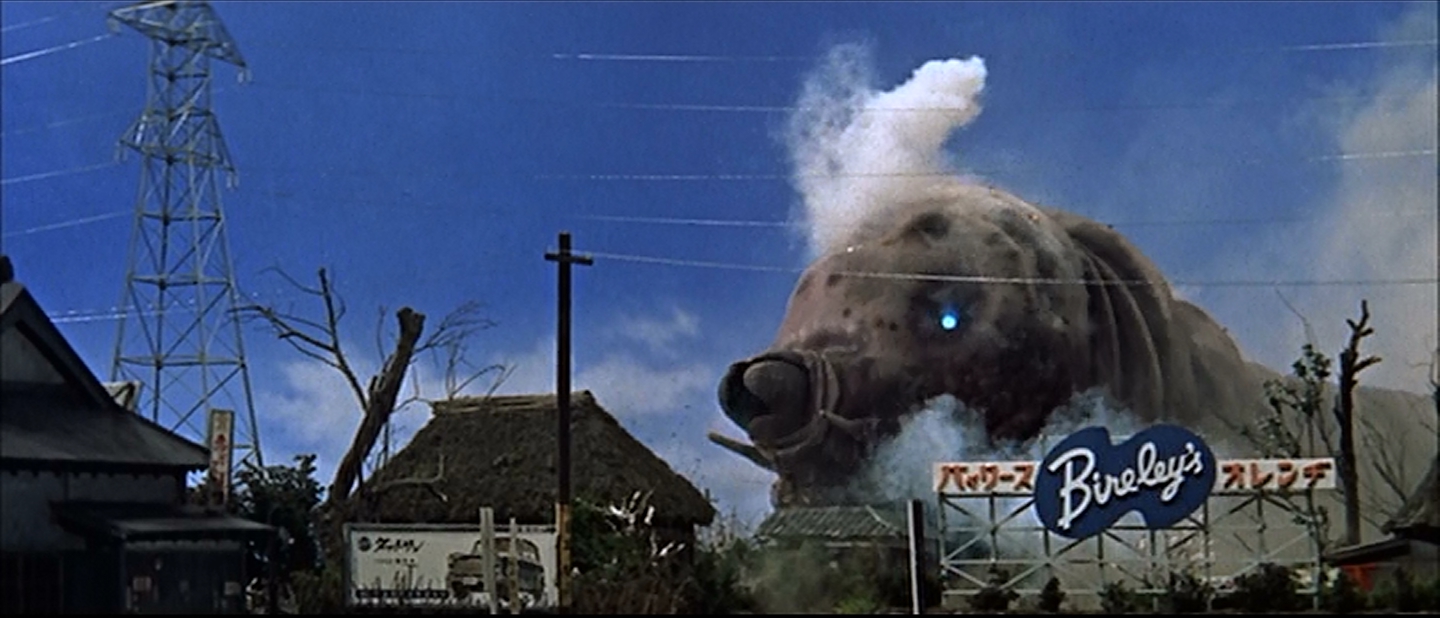
Mothra begins with a natural disaster, another typhoon battering the Japanese coast. A ship runs aground on Infant Island, where nuclear testing has been conducted. In an interesting footnote, one of the rescue ships is named the Satsuma. Kenpachiro Satsuma would me the man in the Godzilla suit in the Hesei series. But where horrors of nuclear testing created Godzilla, and radiation is discussed a good deal throughout the beginning of the film, it does not birth any grotesques in Mothra. The sailors who survived the crash have not suffered from radiation poisoning. Instead, they joke that they did not get enough rice on the rescue ship. This sets the tone for the trest of the film. Yes, there's a giant monster, and yes, it's wrecking cities, but there's always a joke to be said. This is a lighter film than Godzilla Raids Again or Rodan. Although Rodan was Toho's first kaiju film in color, and it was as grim as Godzilla Raids Again. Mothra has a lighter touch, and uses the color to make the film a colorful spectacle.
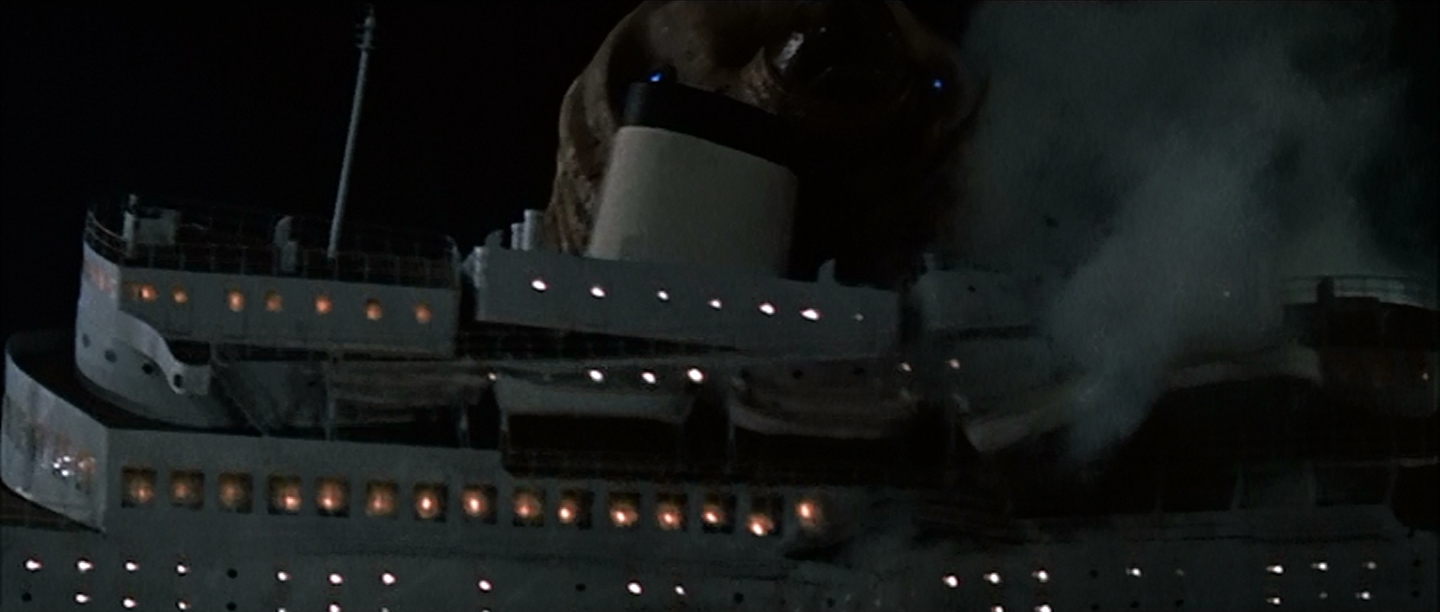
There's also a fair amount of subtext happening, Following Gorgo, the main antagonist of a wealthy and selfish businessman. Similar characters would appear in Mothra vs Godzilla, and many other giant monster films. These characters often take the place of the the monster as the true antagonist or plot problem which has to be solved. The antagonist Mothra is not only Clark Nelson, but ultimately the Rosilican government. Rosilica is a thinly disguised amalgamation of the US and the Soviet Union, and Mothra can be seen as the protest of a Japanese citizen, caught between the ambitions of the two superpowers. This would become text twenty-odd years later in The Return of Godzilla. But Mothra examines the nature of national power, not at a combative level, but at the more insidious level of protecting the interest of its citizens abroad.
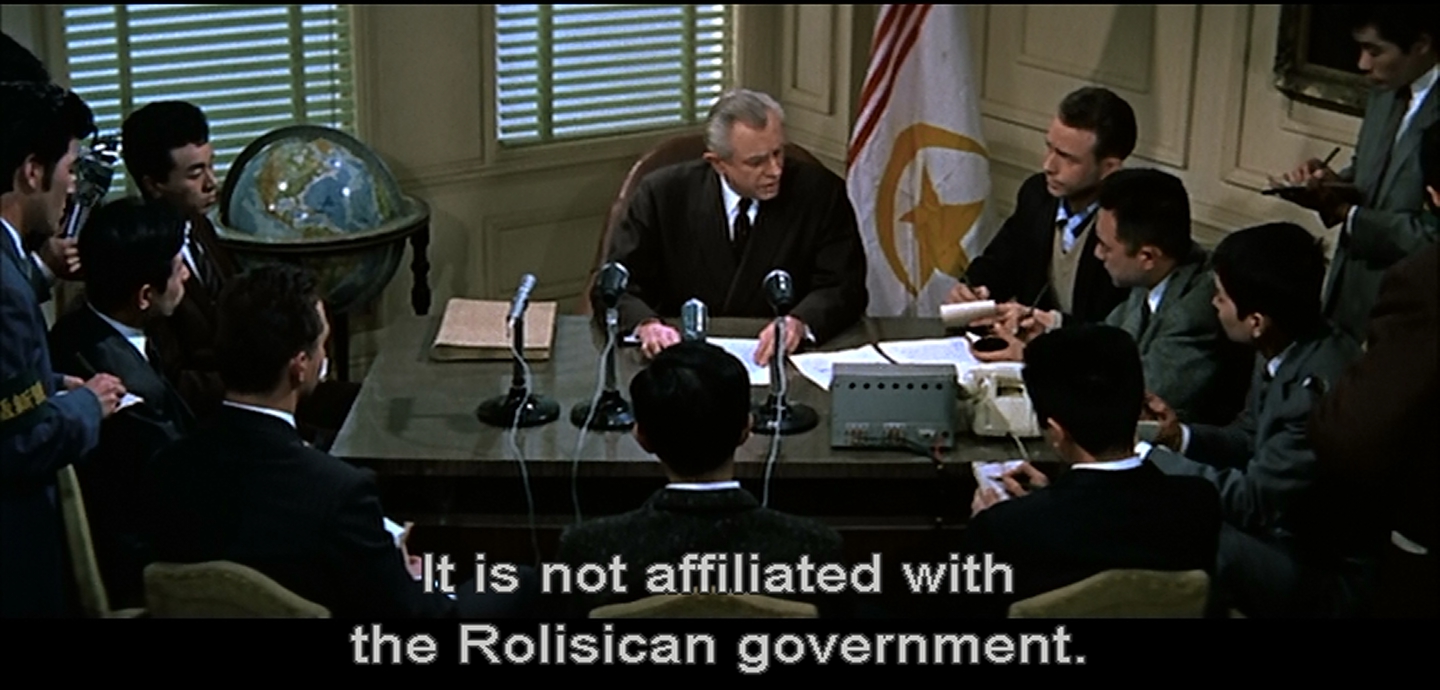
When Mothra initially shows up, it is in larval form. Mothra is unique in the kaiju world in having a transformational stage in several films. It starts out as a larva, and then cocoons itself, attached to the broken Tokyo Tower. The attack is beautifully realized by Eiji Tsuburaya, who was still innovating with miniatures special effects. Mothra's approach doesn't look like Godzilla's rampage, despite ending up at Tokyo Tower. The miniatures work deserves a lot of praise here. Mothra's miniatures, as well as the live action/miniatures intergration is stellar. Eiji Tsuburaya was trying new things for a spectacular film. The military uses heat rays on the cocoon, which blazes up beautifully.
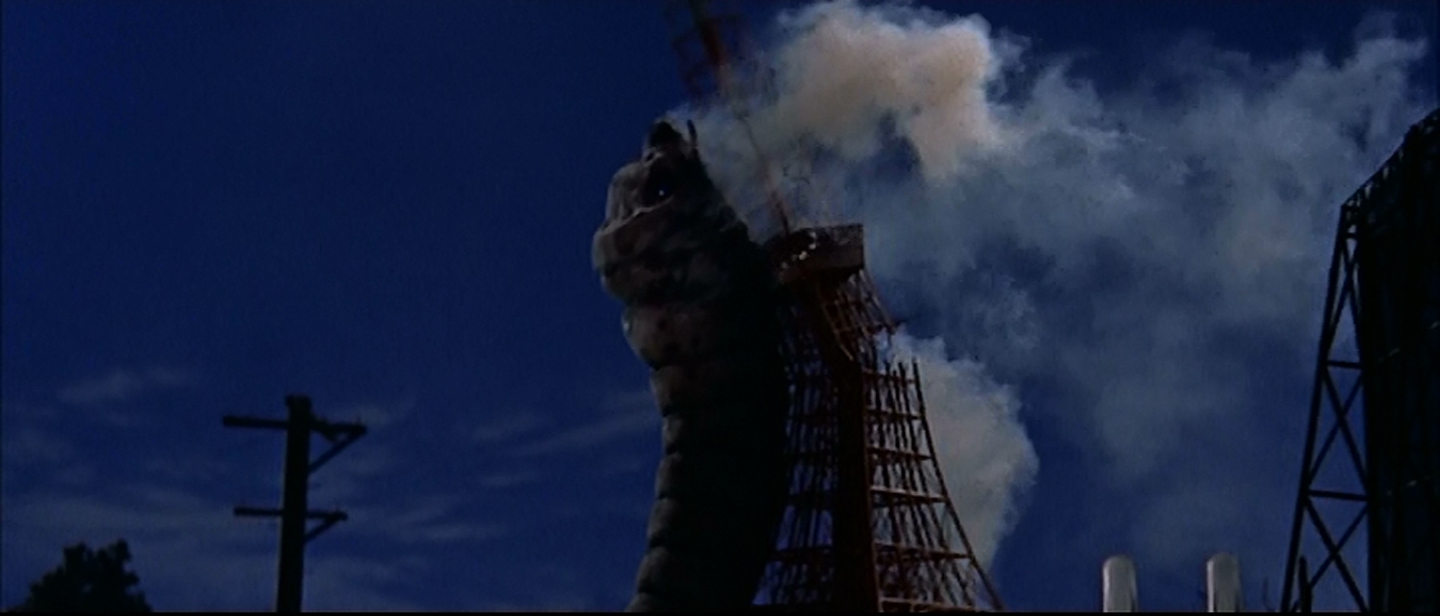
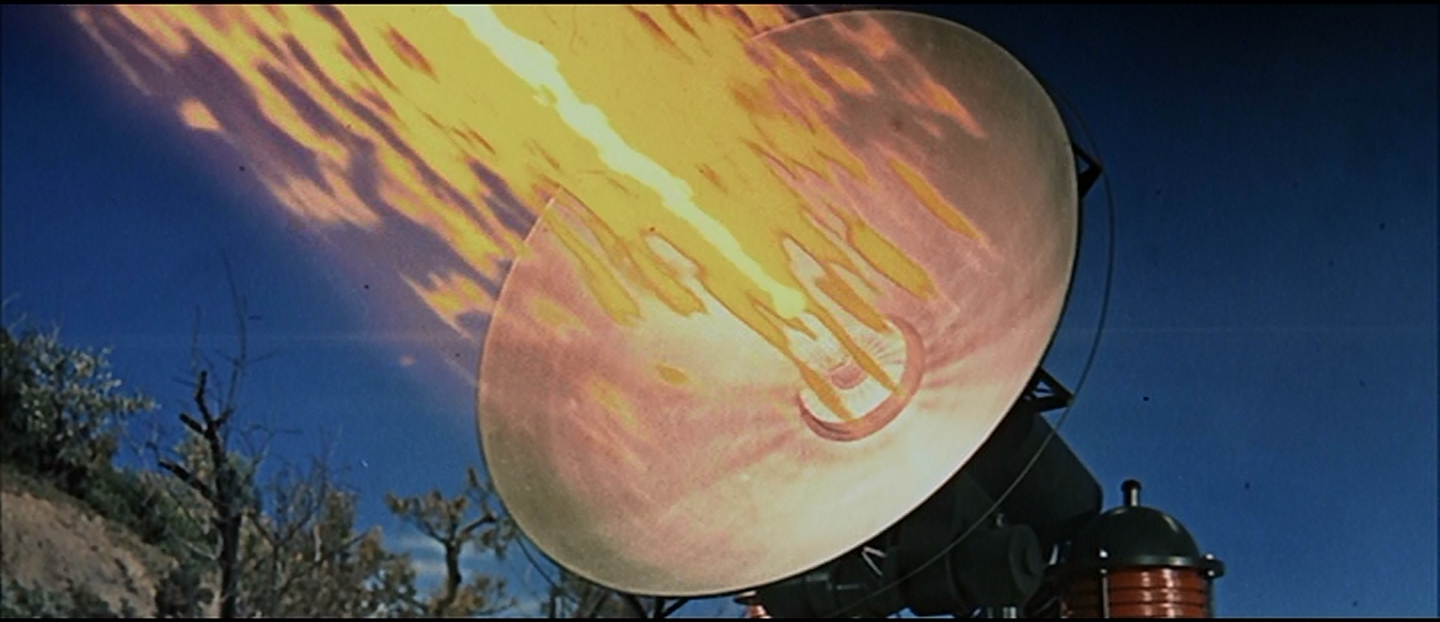
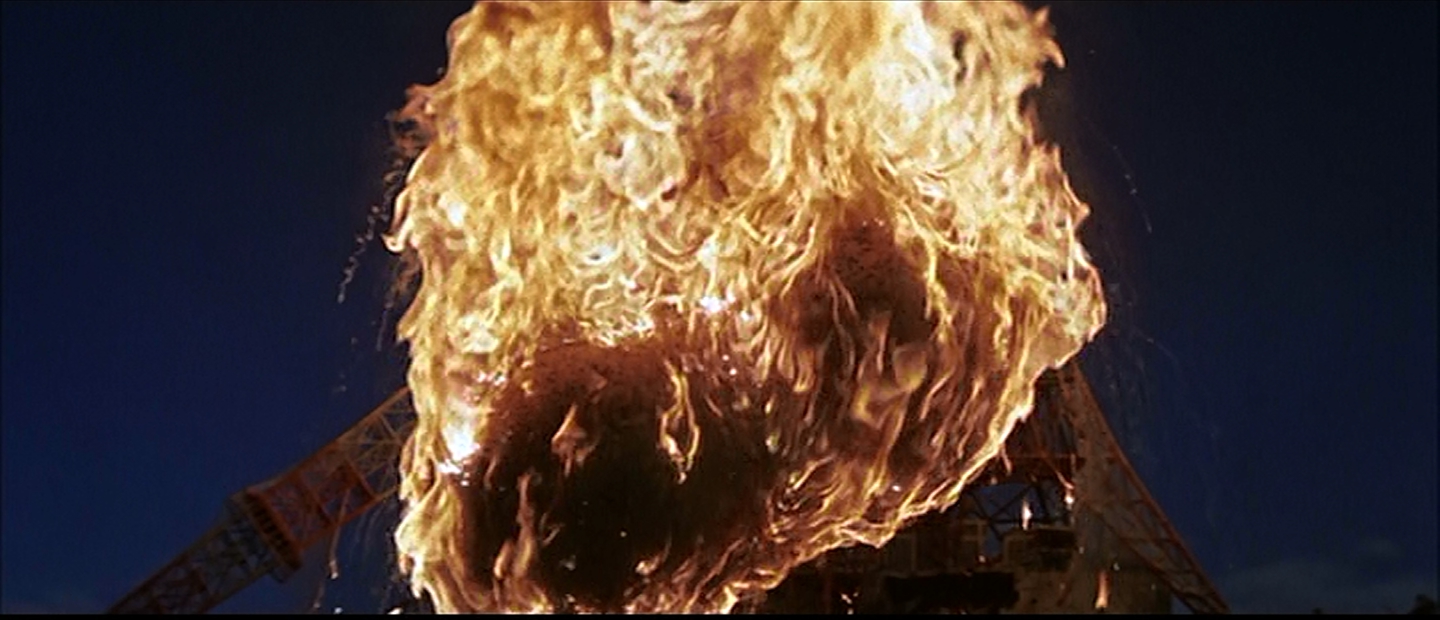
The humans constantly think they've won against Mothra. When she's approaching from the sea, they bomb her, and congratulate themselves at defeating the monster. When they burn the cocoon, they slap each on the back, because they have defeated Mothra. Mothra is referred to as one of the great monsters of this centutry in a radio broadcast, so it's possible that the creators, and Honda, saw this as one of a continuum of Toho monster films, all taking place in the same universe.
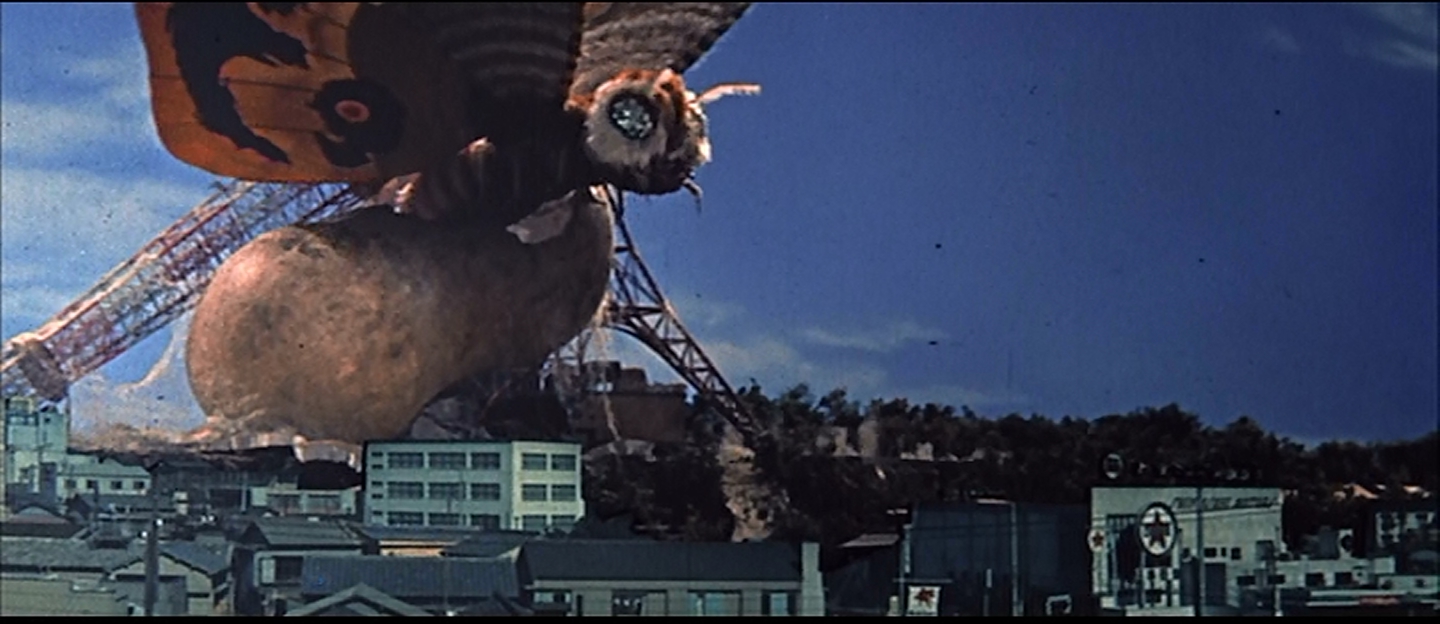
Again like Gorgo, Mothra presents a monster with motivations. Mothra is looking to retrieve the shobijin. the tiny twin priestesses that were kidnapped by Clark Nelson's expedition to Infant Island. She isn't trashing cities because they're there, she wants what is hers. This gives her a notable motivation, and therefore, we can treat Mothra as something that can be negotiated with. Godzilla can't be stopped. It doesn't have desires. It just plows through a city because the city is there, no more mindfull of it than a hurricane.
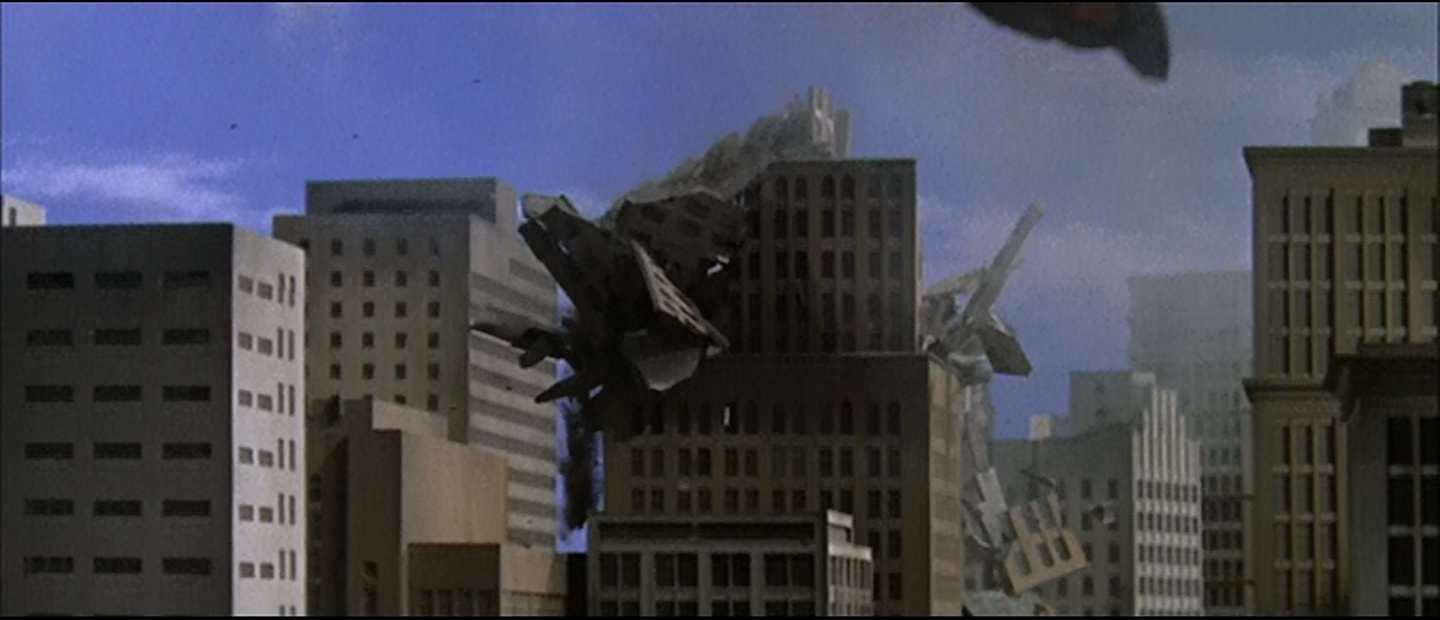
Morhta is also unique because all the action doesn't take place in Japan. Clark Nelson manages to retreat to Rolisica with the shobijin in his suitcase. This gives us the first attack on a cit that is not in Japan. And if there were any doubts that Rolisica was supposed to be America, the fact that Nelson owns a ranch with guns mounted on the walls might give the game away. Once Nelso can no longer hide out, he's mobbed by Rolisicans. Nelson pulls a gun, shoots a cop, and attempts to make a getaway. Pausing to break an old man's cane, he's gunned down by the police. This allows the Rolisicans to offer the shobijin to Mothra as a peace offering, before she completely destroys New Kirk City.
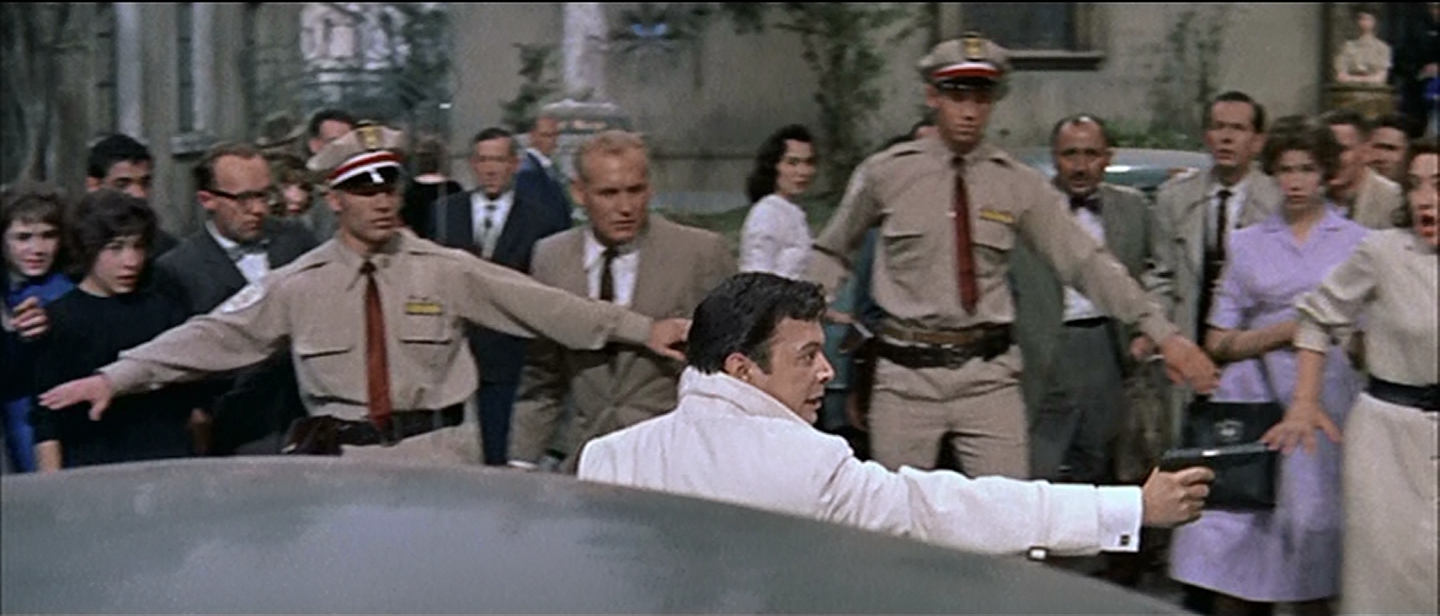
Before this can be done, a pair of priests offer up a prayer. This is another moment that sets Mothra apart from other monster films, the religions overtones. Mothra is an island god, and religious imagery is often present in films involving Mothra.

It's perhaps an indication of Mothra's more genteel nature of the film that the first ship it encounters and sinks is a luxury liner, rather than a fishing boat. The Japan of 1961 was very different from 1954. But the mood is kept deliberately light in all cases. Even when Nelson and his thugs are beating up a kid, one of them is comically bitten on the thumb. At the end of the film, the humans wave goodbye to Mothra, shouting "Sayonara". Later films would say farewell to Godzilla in precisely the same way.

Mothra is a highly-influental but seldom-seen kaiju film. It is the beginning of the kinder, gentler monster, one that can be reasoned with. Mothra attempts to negotiate an alliance between Godzilla and Rodan in Ghidorah, the Three Headed Monster. And it's not a bad thing here, although the trope of the heroic kaiju becomes a bit itrritating in the seventies. Betwen the motivagted kaiju and the greedy antagonist, it's difficult not to assume that scriptwriter Shin'ichi Sekizawa, or possibly Takehiko Fukunaga, Shinichiro Nakamura, and Yoshie Hotta (writers of the serial novel The Luminous Fairies and Mothra, on which the film was based) had seen Gorgo.
Next up, tribute to Japanese nationalism, Jules Verne, and another Kaiju that's worshipped like a god. Undersea Warship next week, on My Year of Monsters.
No comments:
Post a Comment